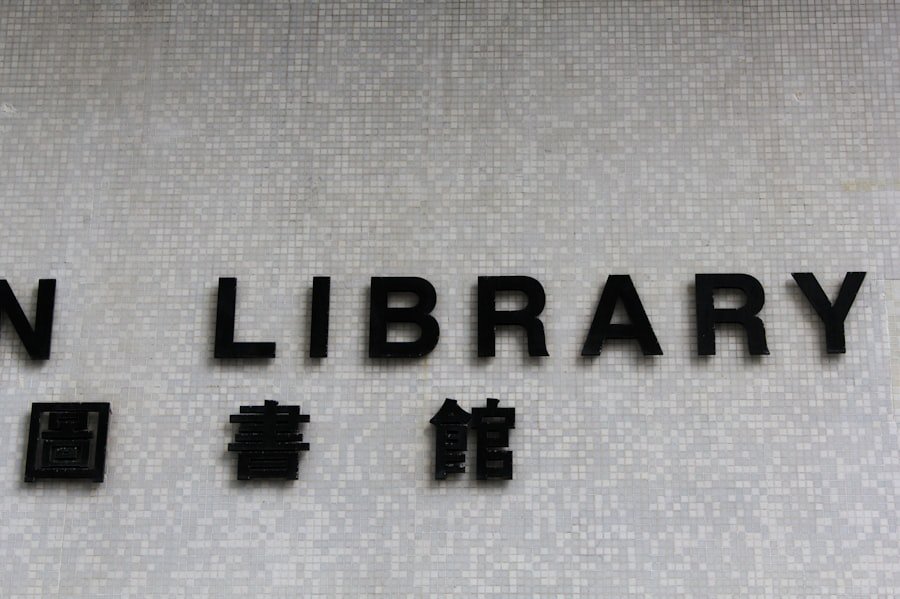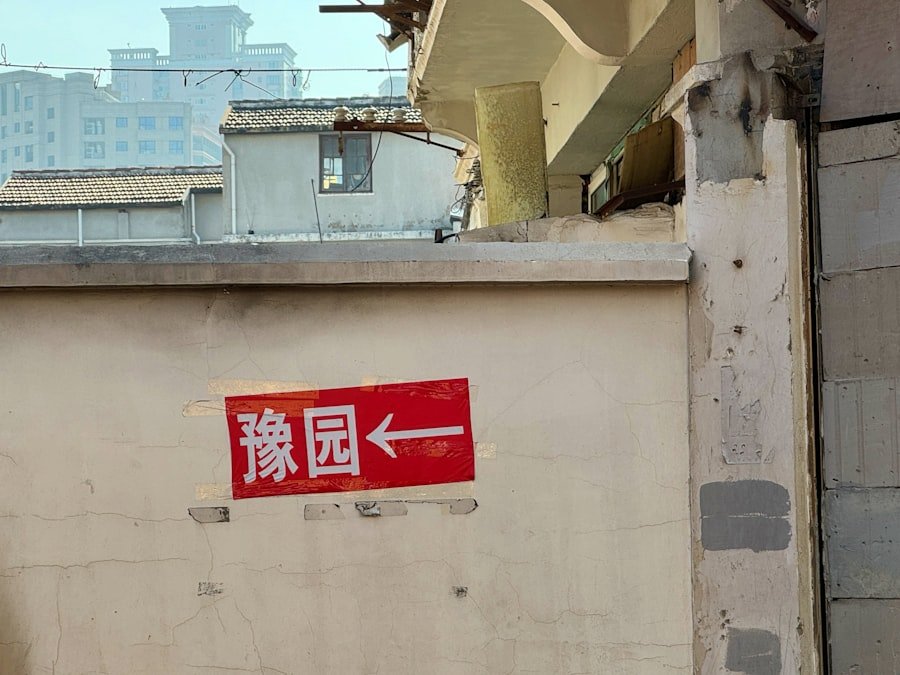Chinese calligraphy, an ancient art form that transcends mere writing, is a profound expression of culture, philosophy, and aesthetics. It is not just about inscribing characters on paper; it embodies the spirit and emotions of the calligrapher, reflecting their personality and state of mind. The brush strokes, the ink’s flow, and the paper’s texture all contribute to a visual symphony that speaks to the viewer.
This art form has been revered for centuries, with its roots deeply embedded in Chinese history and tradition. As one delves into the world of Chinese calligraphy, they discover a rich tapestry of styles, techniques, and philosophies that have evolved over millennia. The practice of Chinese calligraphy is often seen as a meditative process, where the act of writing becomes a form of self-expression and introspection.
Each stroke is deliberate, each character a manifestation of the calligrapher’s inner thoughts. The beauty of Chinese calligraphy lies not only in its aesthetic appeal but also in its ability to convey meaning and emotion through the fluidity and rhythm of the brushwork. As we explore the various scripts within this art form, we will uncover the historical significance, stylistic characteristics, and cultural influences that have shaped Chinese calligraphy into the revered practice it is today. Master the art of Chinese calligraphy. Enroll now at the LC Chinese School in Oslo.
Table of Contents
ToggleSummary
- Chinese calligraphy is a traditional art form that has been practiced for thousands of years.
- The Xing script, also known as the “running script,” has a long history and is known for its fluid and cursive style.
- The Cao script, or “grass script,” is one of the earliest forms of Chinese calligraphy and is characterised by its rapid and flowing strokes.
- Xing script is known for its clear and concise structure, with each stroke carefully planned and executed.
- Cao script is characterised by its free and expressive style, with an emphasis on spontaneity and creativity.
History and Origins of Chinese Xing Script
Xing script, also known as “running script,” emerged during the Han Dynasty (206 BCE – 220 CE) as a response to the need for a more fluid and efficient writing style. This script was developed from the earlier clerical script and was designed to facilitate faster writing while maintaining legibility. The evolution of Xing script marked a significant turning point in Chinese calligraphy, as it allowed scholars and officials to record their thoughts and documents with greater ease.
The name “Xing” itself signifies movement, reflecting the dynamic nature of this script. The origins of Xing script can be traced back to the desire for practicality in everyday writing. As literacy spread among the populace, there was an increasing demand for a script that could be written quickly without sacrificing clarity.
Calligraphers began to experiment with brush techniques, leading to the development of a style that combined the elegance of traditional characters with a more spontaneous flow. This innovation not only made writing more accessible but also paved the way for future styles, influencing generations of calligraphers who sought to balance speed with artistic expression.
History and Origins of Chinese Cao Script

Cao script, or “grass script,” is another significant style within the realm of Chinese calligraphy, known for its highly cursive and free-flowing nature. Its origins can be traced back to the Han Dynasty as well, but it gained prominence during the Wei and Jin Dynasties (220-420 CE). The name “Cao” reflects its resemblance to grass; just as grass grows freely and wildly, so too do the strokes in this script.
Cao script was developed as a means to write quickly and efficiently, often used by scholars and poets who needed to capture their thoughts in a spontaneous manner. The evolution of Cao script was influenced by the increasing popularity of poetry and literature during this period. As writers sought to express their emotions more fluidly, they began to adopt a style that allowed for greater freedom in their brushwork.
This led to a departure from the rigid structures of earlier scripts, resulting in a more organic form of writing that mirrored the natural flow of thought. Cao script became synonymous with artistic expression, allowing calligraphers to showcase their individuality while still adhering to traditional principles.
Characteristics of Chinese Xing Script
Xing script is characterised by its balance between structure and fluidity. While it retains elements of traditional characters, it also incorporates a sense of movement that distinguishes it from more formal scripts like Kaishu (standard script). The strokes in Xing script are often elongated and connected, creating a sense of continuity that enhances readability while allowing for personal expression.
This unique blend makes Xing script particularly appealing to both practitioners and admirers alike. One of the defining features of Xing script is its adaptability; calligraphers can infuse their own style into their work while still adhering to the fundamental principles of the script. The brushwork often exhibits variations in thickness and pressure, resulting in dynamic contrasts that add depth to each character.
Additionally, Xing script allows for a certain degree of improvisation, enabling calligraphers to experiment with different techniques and styles. This versatility has made Xing script a popular choice for both formal documents and artistic expressions.
Characteristics of Chinese Cao Script
Cao script is renowned for its highly cursive nature, which sets it apart from other styles within Chinese calligraphy. The characters are often written in a rapid, flowing manner, with strokes frequently merging into one another. This creates an almost whimsical appearance that captures the essence of spontaneity and creativity.
The beauty of Cao script lies in its ability to convey emotion through movement; each stroke reflects the calligrapher’s mood and intention at the moment of writing. Another notable characteristic of Cao script is its emphasis on rhythm and balance. The strokes are often executed with varying degrees of pressure, resulting in a dynamic interplay between thick and thin lines.
This contrast not only enhances visual interest but also adds a sense of energy to the characters. Calligraphers who master Cao script often develop a unique style that reflects their personality, making each piece a personal statement as well as an artistic creation.
Stroke Order and Structure of Xing Script

Understanding stroke order is crucial for mastering Xing script, as it lays the foundation for creating well-formed characters. Each character consists of a series of strokes that must be executed in a specific sequence to ensure proper balance and proportion. Typically, stroke order follows established rules: left to right, top to bottom, and outside to inside.
Adhering to these guidelines helps maintain consistency across characters while allowing for individual expression within those parameters. The structure of Xing script is characterised by its flowing connections between strokes. Unlike more rigid scripts, where each character stands alone, Xing script encourages calligraphers to link strokes together seamlessly.
This creates a sense of movement that enhances readability while allowing for artistic flair. As practitioners become more proficient in stroke order and structure, they can begin to experiment with variations in their writing style, further personalising their approach to this elegant form of calligraphy.
Stroke Order and Structure of Cao Script
Cao script presents its own unique challenges when it comes to stroke order and structure. Due to its cursive nature, many strokes are executed in one continuous motion rather than being distinctly separated. This fluidity can make it difficult for beginners to grasp the fundamentals; however, mastering stroke order is essential for achieving coherence in writing.
Like Xing script, Cao script generally follows similar stroke order rules but allows for greater flexibility in execution. The structure of Cao script is defined by its rapid brushwork and interconnected strokes. Characters often appear as if they are dancing across the page, with lines flowing into one another in an almost lyrical manner.
This interconnectedness not only enhances visual appeal but also reflects the spontaneity inherent in this style. As calligraphers gain confidence in their ability to write Cao script, they can explore various techniques that emphasise personal expression while still adhering to traditional principles.
Variations in Writing Styles
Within both Xing and Cao scripts exist numerous variations that reflect individual calligraphers’ styles and regional influences. These variations can be seen in the way strokes are executed, the degree of fluidity employed, and even the choice of characters used in compositions. Calligraphers often develop their own unique interpretations based on their experiences, training, and personal preferences.
Regional influences also play a significant role in shaping writing styles within these scripts. Different areas may have distinct approaches to brushwork or character formation based on local traditions or cultural practices. For instance, some regions may favour more elaborate flourishes while others may emphasise simplicity and clarity.
These variations contribute to the rich diversity found within Chinese calligraphy as a whole.
Cultural and Regional Influences on Xing and Cao Scripts
The cultural context surrounding Chinese calligraphy has greatly influenced both Xing and Cao scripts throughout history. As different dynasties rose and fell, so too did artistic trends shift in response to changing societal values and philosophies. For example, during periods when Confucian ideals were prominent, there was an emphasis on clarity and structure in writing styles like Kaishu; conversely, during times when Daoist or Buddhist philosophies flourished, more expressive forms such as Cao script gained popularity.
Regional influences also play an essential role in shaping these scripts’ characteristics over time. Different provinces may have developed their own interpretations based on local customs or artistic movements. For instance, calligraphers from southern China might favour softer brushwork compared to their northern counterparts who may adopt bolder strokes.
These regional distinctions enrich the overall landscape of Chinese calligraphy while highlighting its adaptability across various cultural contexts.
Usage and Application of Xing and Cao Scripts
Xing and Cao scripts serve distinct purposes within Chinese culture, each finding its place in various contexts ranging from formal documentation to artistic expression. Xing script is often employed for everyday writing tasks due to its balance between speed and legibility; it is commonly used by students taking notes or professionals drafting documents where clarity is essential. In contrast, Cao script is frequently associated with poetry and artistic works where emotional expression takes precedence over strict adherence to formality.
Calligraphers often utilise this style when creating pieces intended for display or gifting; its fluidity lends itself well to capturing fleeting thoughts or sentiments that resonate deeply with viewers. Both scripts showcase the versatility inherent in Chinese calligraphy while highlighting how different styles can cater to diverse needs within society.
Appreciating the Beauty of Chinese Calligraphy
As we conclude our exploration into the world of Chinese calligraphy, it becomes evident that this art form is much more than mere writing; it is an intricate dance between tradition and personal expression. The historical significance behind scripts like Xing and Cao reveals how cultural influences have shaped their development over time while also showcasing individual creativity among practitioners. For those interested in delving deeper into this captivating art form, courses at LC Chinese School in Oslo offer an excellent opportunity to learn about Chinese calligraphy firsthand.
With experienced instructors guiding students through various techniques and styles—including both Xing and Cao scripts—participants can gain valuable insights into this ancient practice while developing their own unique voice as calligraphers. Embracing the beauty of Chinese calligraphy not only enriches one’s understanding of language but also fosters a deeper appreciation for artistry rooted in centuries-old traditions.
Master the art of Chinese calligraphy. Enroll now at the LC Chinese School in Oslo.







